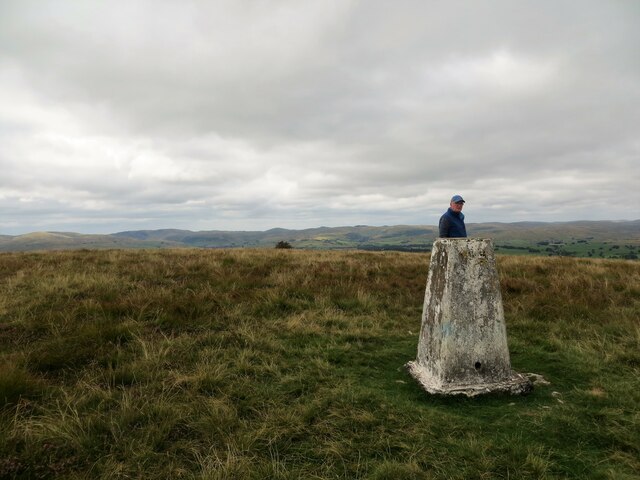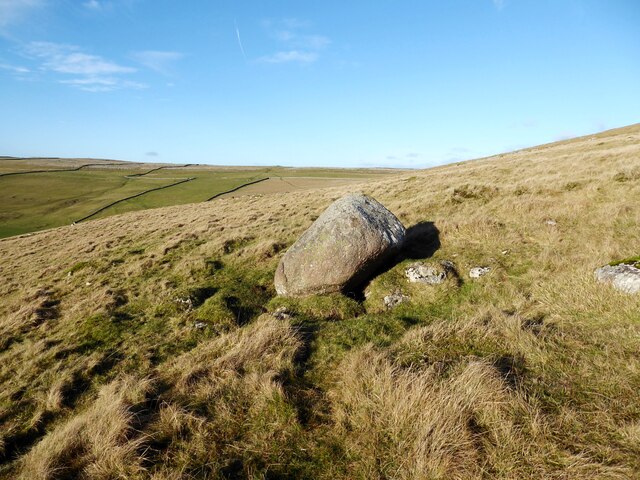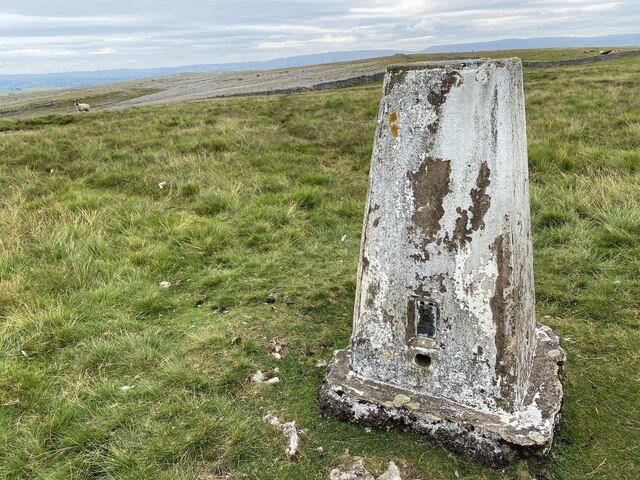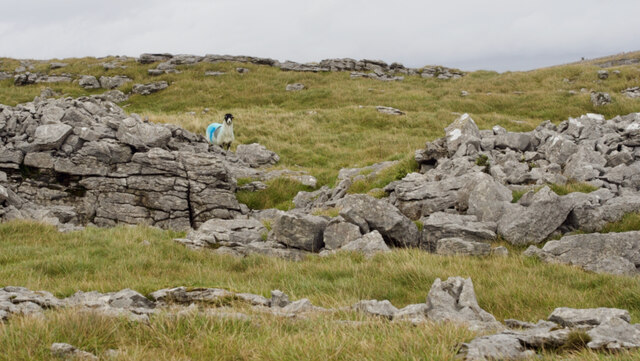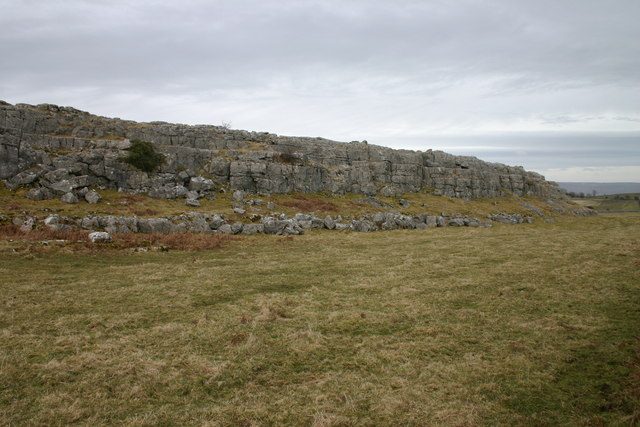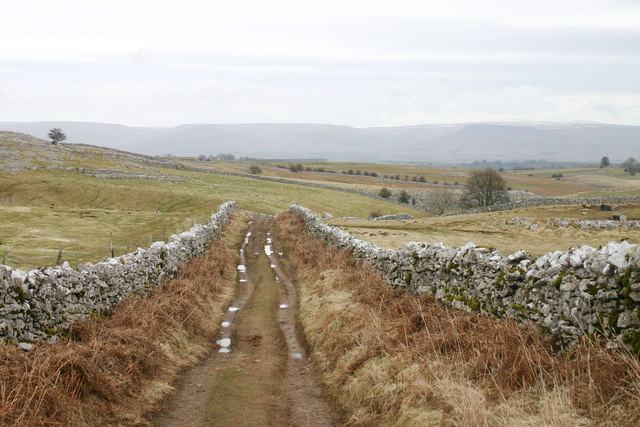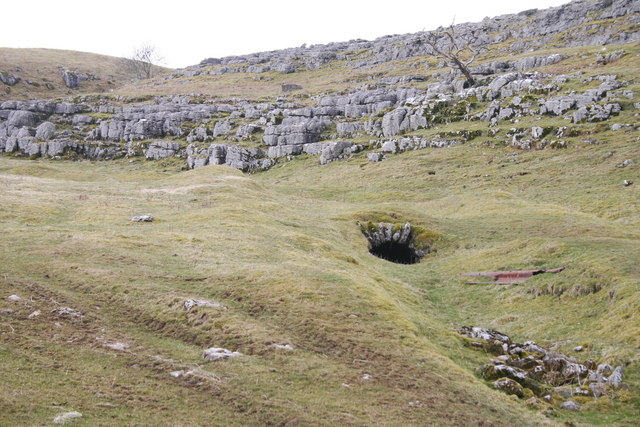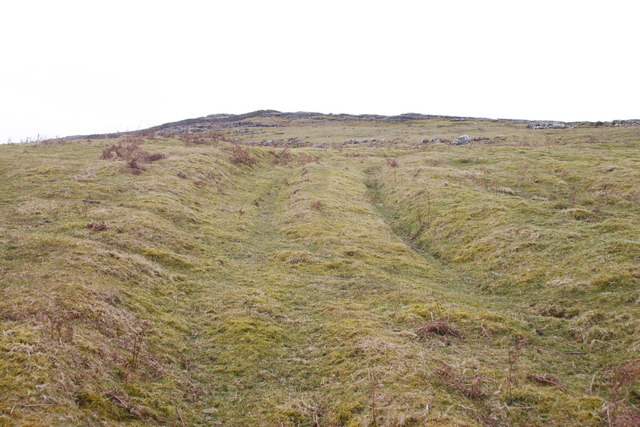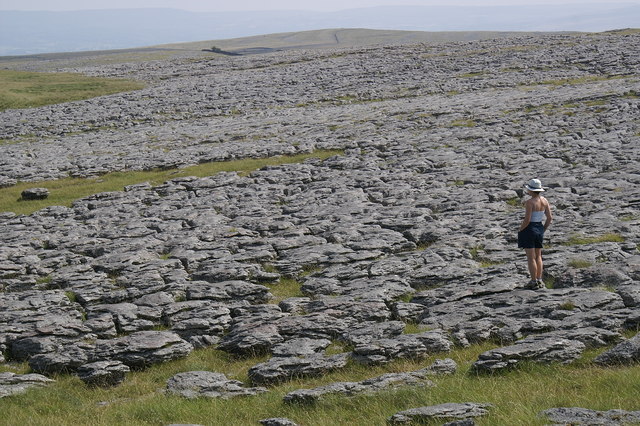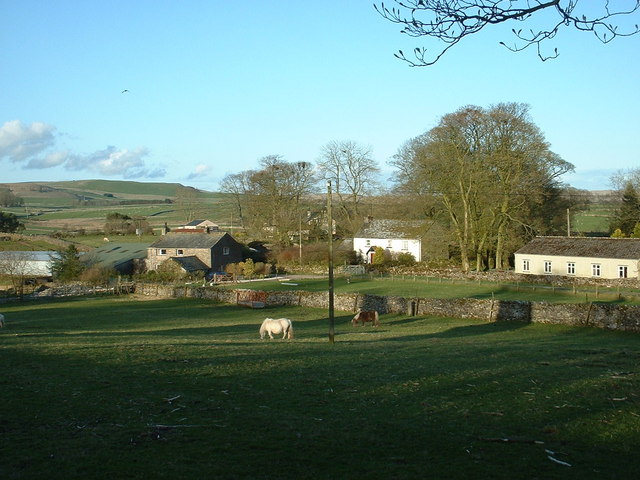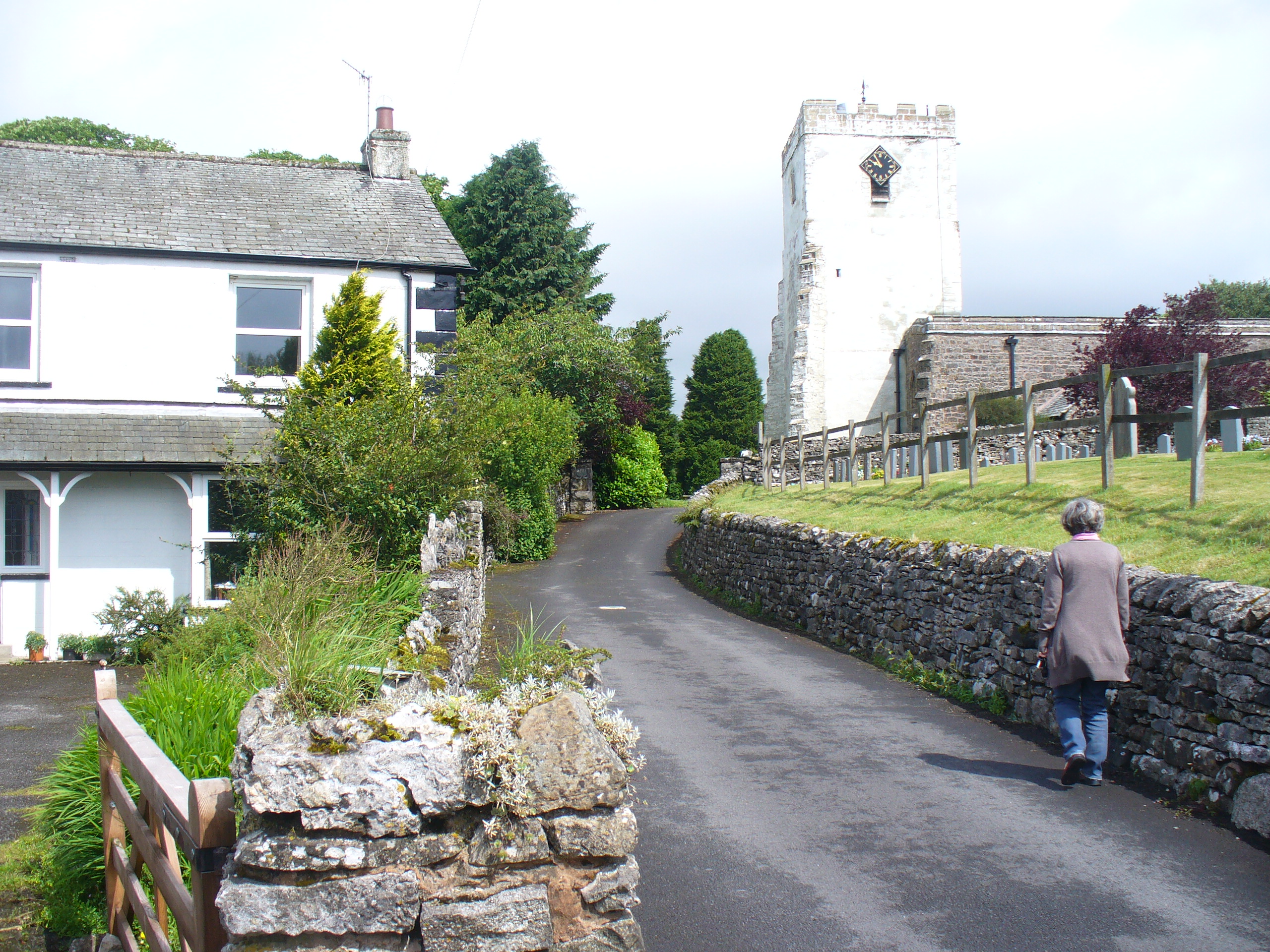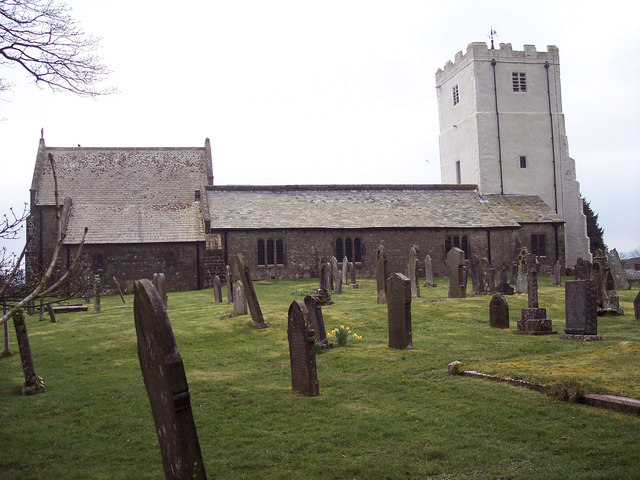Castle Folds
Heritage Site in Westmorland Eden
England
Castle Folds
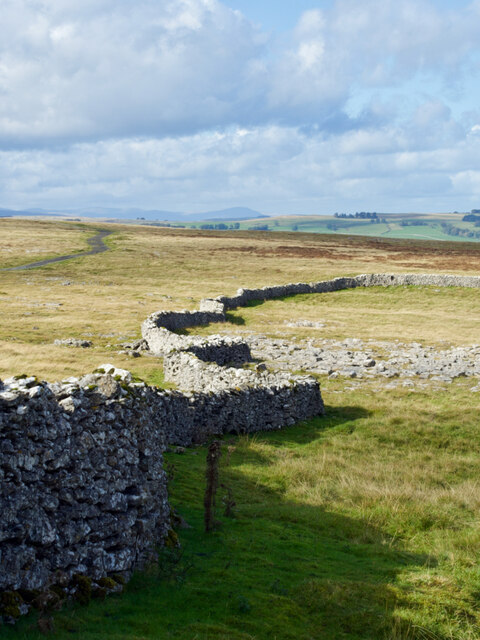
Castle Folds is a historical site located in Westmorland, England. This ancient monument is situated on a hilltop, commanding panoramic views of the surrounding countryside. It is believed to have been constructed in the late Bronze Age, making it over 3,000 years old.
The site consists of a series of impressive defensive earthworks, which were likely used as fortifications during this period. These earthworks feature multiple concentric ditches and banks, forming a circular enclosure. The innermost bank is the highest and most formidable, indicating its importance as the primary line of defense.
Archaeological excavations have revealed evidence of human habitation within the enclosure. Discoveries such as pottery fragments and flint tools suggest that Castle Folds was not only a defensive structure but also served as a settlement during the Bronze Age. It is believed that the site was occupied by a small community, engaged in farming and other domestic activities.
Castle Folds has been recognized as a heritage site due to its historical significance and archaeological value. The site provides valuable insights into the lives and activities of Bronze Age communities in the Westmorland region. Its strategic location, commanding views, and impressive earthworks make it an important example of prehistoric fortification.
Today, Castle Folds is open to the public, allowing visitors to explore the ancient earthworks and experience the rich history of the area. Interpretative signage and information boards provide further context and details about the site's archaeological significance.
If you have any feedback on the listing, please let us know in the comments section below.
Castle Folds Images
Images are sourced within 2km of 54.48/-2.533 or Grid Reference NY6509. Thanks to Geograph Open Source API. All images are credited.
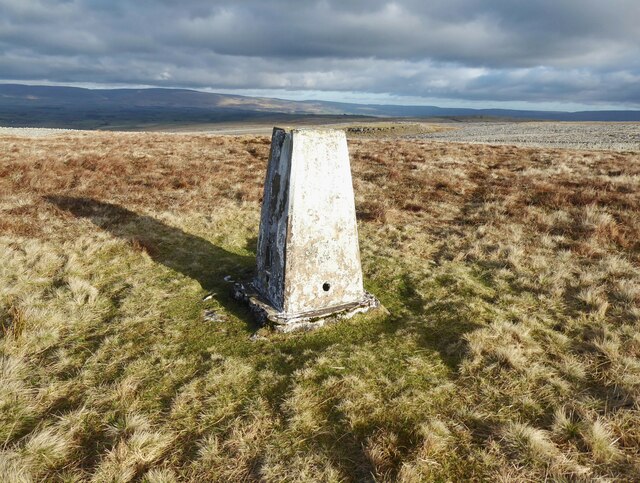
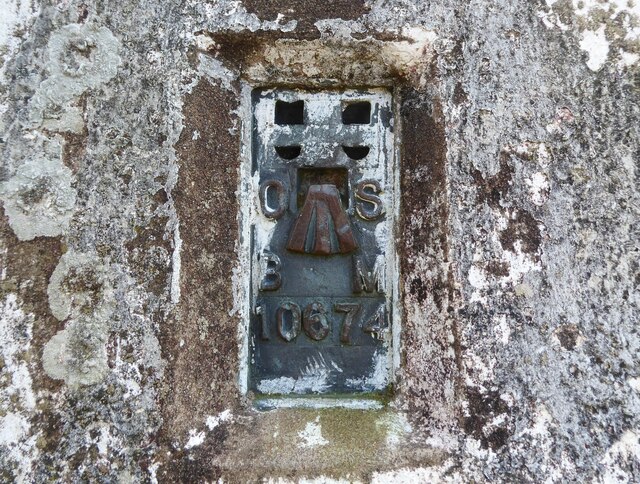

![Castle Folds &quot;Stone-built remains of a Romano-British enclosed settlement containing hut circles, reused as a Medieval shieling.&quot;
‘Heritage Gateway - Results’. 2012. Heritagegateway.org.uk &lt;<span class="nowrap"><a title="https://www.heritagegateway.org.uk/Gateway/Results_Single.aspx?uid=19a56ff5-bd5e-466f-9fd9-70ab22490715&amp;resourceID=19191" rel="nofollow ugc noopener" href="https://www.heritagegateway.org.uk/Gateway/Results_Single.aspx?uid=19a56ff5-bd5e-466f-9fd9-70ab22490715&amp;resourceID=19191">Link</a><img style="margin-left:2px;" alt="External link" title="External link - shift click to open in new window" src="https://s1.geograph.org.uk/img/external.png" width="10" height="10"/></span> &gt; [accessed 12 October 2022]](https://s2.geograph.org.uk/geophotos/07/31/08/7310862_f049424e.jpg)
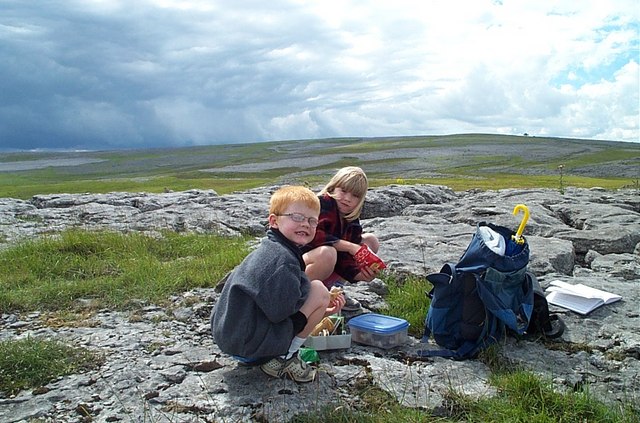
Castle Folds is located at Grid Ref: NY6509 (Lat: 54.48, Lng: -2.533)
Administrative County: Cumbria
District: Eden
Police Authority: Cumbria
What 3 Words
///tomato.student.goodnight. Near Shap, Cumbria
Nearby Locations
Related Wikis
Great Asby Scar
Great Asby Scar is a Site of Special Scientific Interest (SSSI) and National Nature Reserve in Cumbria, UK. It is an area of limestone pavement, south...
Sunbiggin
Sunbiggin is a hamlet in the civil parish of Orton, in the Westmorland and Furness district, in the ceremonial county of Cumbria, England. == Location... ==
Gamelands stone circle
Gamelands stone circle (or Orton stone circle) is a stone circle at the foot of Knott Hill in Cumbria, England. The stones are mostly made of red granite...
Raisbeck
Raisbeck is a hamlet in the civil parish of Orton, in the Westmorland and Furness district of Cumbria, England. The surname Raisbeck originates from the...
Sunbiggin Tarn
Sunbiggin Tarn is a tarn near Sunbiggin in Cumbria. It is in a Site of Special Scientific Interest (SSSI) which also includes the surrounding moorland...
Pate Hole
Pate Hole is a solutional cave located adjacent to Asby Gill 1 kilometre (0.62 mi) south of Great Asby in Cumbria, England. It is 970 metres (3,180 ft...
Orton, Westmorland and Furness
Orton is a village and civil parish in Cumbria, England. It lies 15 miles (24 km) south of Penrith, 8 miles (13 km) from Appleby-in-Westmorland and 1.5...
All Saints Church, Orton
All Saints Church is in the village of Orton, Cumbria, England. It is an active Anglican parish church in the deanery of Appleby, the archdeaconry of Carlisle...
Nearby Amenities
Located within 500m of 54.48,-2.533Have you been to Castle Folds?
Leave your review of Castle Folds below (or comments, questions and feedback).
